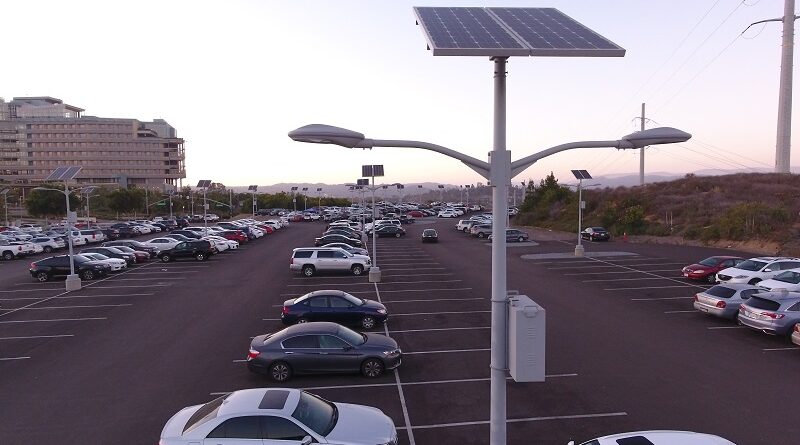Illuminating the Future: A Comprehensive Guide to LED Lights
Light Emitting Diode (LED) technology has revolutionized the way we illuminate our homes, offices, and public spaces. As a highly energy-efficient and versatile lighting solution, parking lot lighting plan have become the go-to choice for environmentally conscious consumers and businesses alike. In this article, we will explore the fascinating world of LED lights, examining their technology, benefits, applications, and the impact they have on both our energy consumption and overall lighting experience.
Understanding LED Technology:
- Basic Principles:
LEDs operate on the principle of electroluminescence, where electrons recombine with electron holes within the device, releasing energy in the form of light. This process is significantly more energy-efficient than traditional incandescent or fluorescent lighting methods. - Semiconductor Magic:
Unlike traditional bulbs that use filaments or gases to produce light, LEDs utilize semiconductors to emit photons. This semiconductor-based technology not only enhances energy efficiency but also allows for precise control over color and intensity.
Benefits of LED Lights:
- Energy Efficiency:
One of the most significant advantages of LED lights is their energy efficiency. They consume up to 80% less energy than traditional lighting sources, translating to lower electricity bills and reduced environmental impact. - Longevity:
LEDs have an impressive lifespan, lasting up to 25,000 hours or more. This longevity eliminates the need for frequent replacements, reducing maintenance costs and contributing to sustainability. - Instant Lighting:
Unlike some traditional bulbs that may take time to reach full brightness, LED lights provide instant illumination. This feature is especially valuable in situations where immediate and consistent lighting is essential. - Color Variety and Control:
LED technology allows for a wide range of color options, from warm to cool tones. Additionally, LEDs offer precise control over color temperature, enabling customization to suit specific environments and moods.
Applications of LED Lights:
- Residential Lighting:
LED lights have become the preferred choice for home lighting due to their energy efficiency, longevity, and versatility. They are used in various settings, including bedrooms, kitchens, and living rooms. - Commercial and Industrial Lighting:
Businesses and industries benefit from the cost savings and reliability of LED lighting in warehouses, offices, factories, and retail spaces. The instant lighting and directional capabilities of LEDs contribute to enhanced productivity. - Outdoor Lighting:
LED lights are widely used in outdoor applications, including street lighting, landscape lighting, and architectural lighting. Their durability and ability to withstand environmental factors make them ideal for outdoor use. - Specialized Applications:
LEDs are employed in specialized fields such as automotive lighting, healthcare, and entertainment. Their compact size, low heat emission, and color control make them suitable for a wide range of applications.
Conclusion:
As we continue to prioritize sustainable and efficient solutions in every aspect of our lives, LED lights stand out as a beacon of innovation in the world of illumination. Their energy efficiency, longevity, and versatility make them an ideal choice for a wide array of applications, contributing to a brighter and more sustainable future. Embracing parking lot lighting plan technology not only transforms the way we light our spaces but also paves the way for a more environmentally conscious and energy-efficient world.

